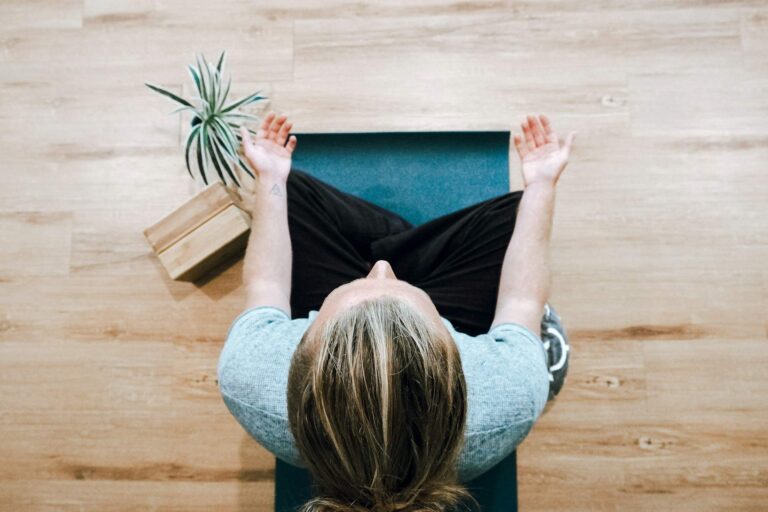“`html
Interested in launching your own mindfulness meditation journey? This infographic from the Garrison Institute serves as an excellent starting point.
When you’re looking to learn mindfulness meditation or pick up any new skill, visual aids can be incredibly helpful. Here’s the newest meditation infographic from the Garrison Institute.
You can view all 10 tips below, or click here to visit the Garrison Institute’s site. For detailed descriptions of each step, just scroll down.
10 Steps to Begin Your Mindfulness Meditation Practice
- Establish time and space. Select a specific time each day for your mindfulness meditation, preferably in a quiet area free from interruptions.
- Set a timer. Start with a brief duration of five minutes, gradually extending it to between 15 and 40 minutes.
- Choose a comfortable position. You may sit cross-legged on the floor, on grass, or in a chair with your feet flat on the floor. Alternatively, you can lie down or find another position that accommodates any mobility or pain concerns. The most effective mindfulness practice is one tailored to your personal needs.
- Check your posture. Sit up straight with hands in a relaxed position. Lengthen your neck and slightly lower your chin, resting your tongue gently on the roof of your mouth. Relax your shoulders and either close your eyes or maintain a soft gaze at a point 5-10 feet in front of you.
- Take a deep breath. Deep breathing helps calm your body, relax your nervous system, and ground your presence in the moment.
- Focus on your breath. Concentrate on the area of your body where your breath feels most noticeable: nostrils, throat, diaphragm, or chest. Stick to one focal point and avoid switching.
- Keep your attention on the breath. As you breathe in and out, remain focused on your breath. If your mind wanders, don’t worry—this is common even among experienced practitioners! Just gently redirect your focus back to your breath. When thoughts appear, imagine them floating by without getting caught up in them—simply let them pass and return to your breath.
- Repeat steps 6-7 for as long as you wish. Your thoughts may drift, but keep bringing your focus back to the breath. Consider it like repetitions in weight training: getting distracted isn’t a failure, and each time you refocus, you’re strengthening your ability to concentrate.
- Practice self-kindness. Don’t be frustrated if your attention strays or if you doze off. If it helps, you can keep your eyes open or adjust your posture to remain alert.
- Prepare for a gentle conclusion. When the timer signals the end, open your eyes when you’re ready and acknowledge your meditation practice with gratitude.
Looking for additional ways to enhance your mindfulness meditation practice? Visit Mindful’s Getting Started page.
“`


